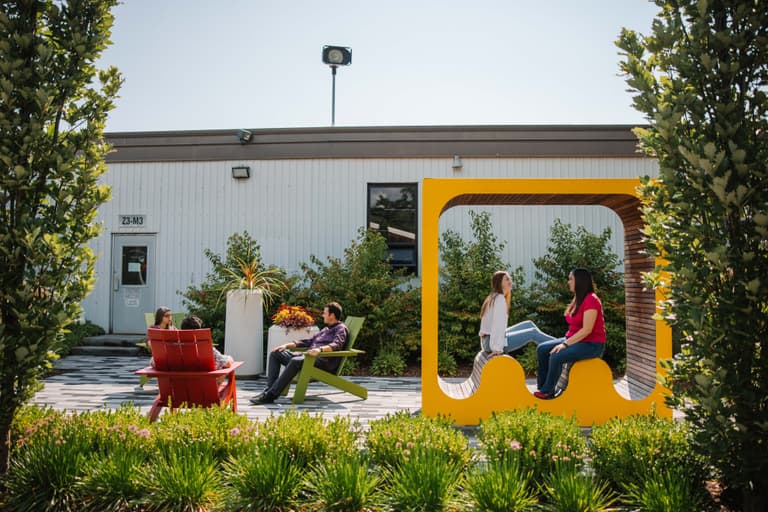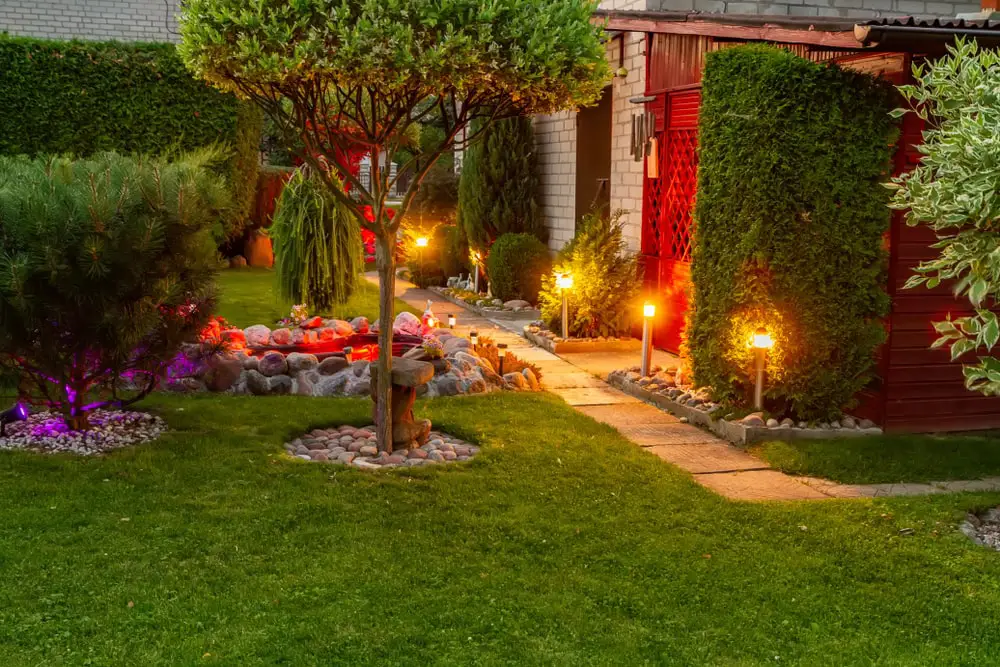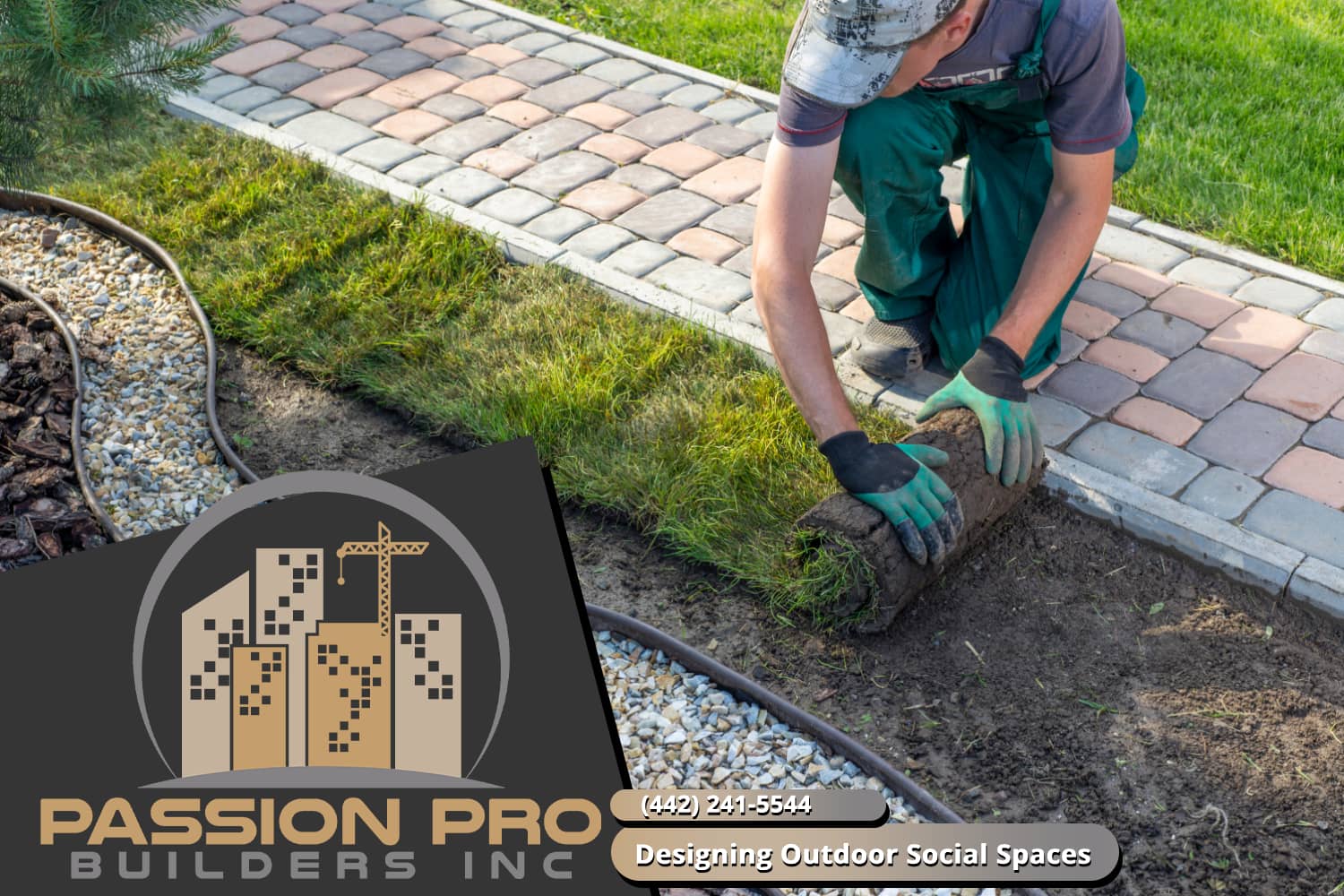Not known Factual Statements About Hilton Head Landscapes
The Single Strategy To Use For Hilton Head Landscapes
Table of ContentsThe smart Trick of Hilton Head Landscapes That Nobody is Talking AboutThe Ultimate Guide To Hilton Head Landscapes3 Easy Facts About Hilton Head Landscapes ShownRumored Buzz on Hilton Head LandscapesHilton Head Landscapes for BeginnersThe 5-Minute Rule for Hilton Head LandscapesThe Single Strategy To Use For Hilton Head LandscapesHilton Head Landscapes - The Facts
Form compatibility is also a major component of unity in designone or more noticeably various kinds benefit contrast and focus, however usually all various other types must have some similarities for an unified appearance. Structure describes just how crude or fine the surface of the plant or hardscape material really feels and/or looks.
Instances of plants with coarse texture consist of philodendrons, agaves, bromeliads, hollies, palms, and hydrangeas. Features that produce fine appearance include small vegetation; thin, strappy leaves (grasses) or tall, slim stems; small, dense branches and small branches; long stems (creeping plants); and small, fragile flowers.
Not known Facts About Hilton Head Landscapes
A lot of plants are average appearance, in that they can not be called having either crude or fine structure. They are defined by medium-sized leaves with basic forms and smooth sides. The average-sized branches are not largely spaced nor widely spaced, and the overall form is typically rounded or mounding. Medium-textured plants serve as a background to link and link the coarse- and fine-textured plants.

To make a space feel smaller, put the rugged appearances along the outer boundary and the fine appearances closest to the customer. The information of the coarse structure makes the plants show up closer and makes the room feel smaller. The viewed texture of plants can also change with the distance from the plant.
Rumored Buzz on Hilton Head Landscapes
Strong colors enhance the contrast and make the appearance appear coarser, while muted shades can flatten texture. Hardscape with a crude texturesuch as extremely rough rocks and bold, large timberstends to make all plant product show up more medium textured. Developers usually create an appearance research (Number 8) on paper to assist decide the arrangement of plant products.
Figure 8. Texture research. Shade in plant product and hardscape includes interest and variety to the landscape. Color is one of the most obvious component in the landscape and is typically the emphasis of the majority of house owners; however, it is also one of the most short-term aspect, generally lasting only a couple of weeks a year for individual plants.
The 5-Second Trick For Hilton Head Landscapes
A basic summary of the color wheel includes the three main colors of red, blue, and yellow; the three additional colors (a mix of two primaries) of eco-friendly, orange, and violet; and 6 tertiary shades (a mix of one surrounding key and second shade), such as red-orange. Shade concept clarifies the partnership of shades to every various other and just how they need to be utilized in a composition.

Comparable (sometimes called harmonious) color pattern are any kind of 3 to five shades that are surrounding on the color wheel, such as red, red-orange, orange, yellow-orange, and yellow, or blue, blue-violet, and violet (landscape design hilton head). The shades belong per other due to the fact that they normally include two primaries blended to form a second and 2 tertiary shades, which indicates they share typical buildings
Complementary colors are frequently found naturally in flowers; an usual pair is yellow and violet. Color is found in the flowers, vegetation, bark, and fruit of plants.
3 Easy Facts About Hilton Head Landscapes Explained
Environment-friendly vegetation in all its different tones is the dominant shade by quantity, but various other colors catch attention more easily due to their high comparison to the color environment-friendly. Color is likewise located in buildings, rocks, pavers, timber, and furniture. A lot of shades in natural products, such as stone and wood, are usually low-key and tend to be variants of brown, tan, and pale yellow.
Colors have residential properties that can affect feelings, spatial assumption, light top quality, equilibrium, and focus. Cool colors have a tendency to be soothing and must be utilized in areas for relaxation and serenity.
9 Simple Techniques For Hilton Head Landscapes
Cool shades often tend to recede and are regarded as being farther away, making an area really feel larger. Shade can also be utilized to record attention and straight sights.
For instance, intense yellow, which has the highest strength, also has a high contrast with all various other colors (usually called a "pop" of color) and should be utilized sparingly. A percentage of intense shade has as much visual weight as a huge amount of an extra suppressed or weak color.
Comparable (often called unified) color This Site pattern are any type of three to 5 colors that are surrounding on the color wheel, such as red, red-orange, orange, yellow-orange, and yellow, or blue, blue-violet, and violet. The colors are associated to every various other because they normally consist of 2 primaries mixed to create an additional and two tertiary colors, which means they share usual properties.
See This Report about Hilton Head Landscapes
Complementary shades are usually found naturally in blossoms; a typical pair is yellow and violet. Shade is found in the blossoms, vegetation, bark, and fruit of plants.
Eco-friendly foliage in all its various tones is the dominant color by amount, yet various other colors catch attention quicker as a result of their high comparison to the shade environment-friendly - bluffton landscaping - https://peatix.com/user/22927863/view. Shade is also discovered in buildings, rocks, pavers, wood, and furniture. A lot of colors in all-natural materials, such as stone and timber, are normally muted and often tend to be variations of brownish, tan, and light yellow
9 Simple Techniques For Hilton Head Landscapes
Colors have residential properties that can affect feelings, spatial understanding, light high quality, equilibrium, and emphasis. Awesome colors have a tendency to be relaxing and ought to be made use of in locations for leisure and serenity.
The "temperature" of shades can additionally affect the perception of range. Trendy colors have a tendency to decline and are perceived as being further away, making an area really feel larger. Warm colors have a tendency to advance and are regarded as being more detailed, making an area feel smaller. Shade can likewise be utilized to capture focus and straight views.
Brilliant yellow, which has the highest possible strength, also has a high comparison with all other shades (usually explained as a "pop" of color) and need to be utilized sparingly. A percentage of intense shade has as much aesthetic weight as a large quantity of an extra subdued or weaker color.